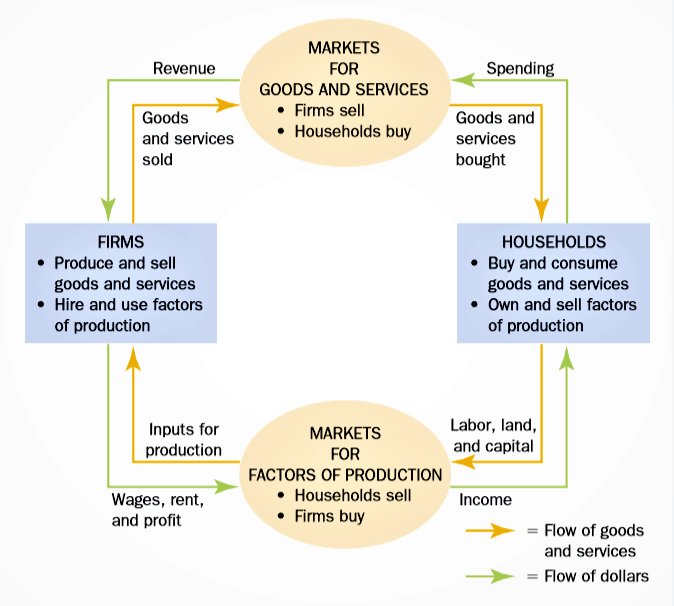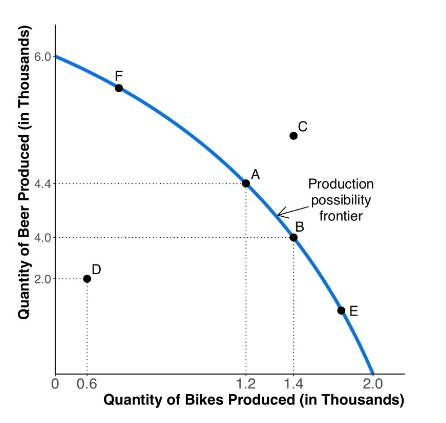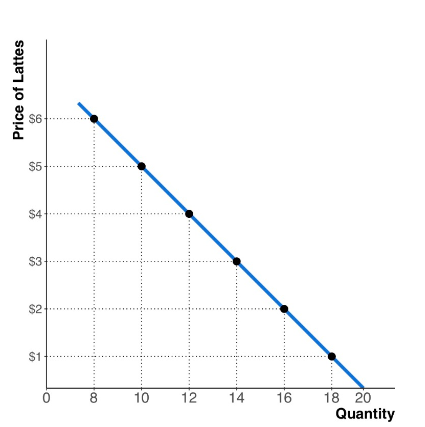Chapter 2: Think like an Economist
Economists are scientists, they use the scientific method, they study, predict what will happen and watch the final outcome.
We make assumptions to make things easier to understand, like how people are rational, or that trade is between two countries who both only produce two goods.
Economic Models
Model: a simplification of reality
there are two main models economist use, the circular flow, and the production possibilities frontier.
Circular Flow Diagram:

There are only two decision-makers, households and businesses. Businesses produce goods and services using inputs like labour (workers), land and capital. Called Factors of Production. Factors of production are owned by households, businesses have to pay (salary) to use someone’s time and efforts. Households buy the output of goods and services.
Factors of production: Any resource used to produce a good or service.
goods and services: money and objects - owned by businesses
capital: anything man-made to produce a good or service i.e; machinery
The Production Possibilities Frontier:
Assume there is one country that can only produce two goods; beer and bikes.

Production Possibilities Frontier (PPF): assume a country can only make two kinds of goods. A graph of what combinations a country can make with the quantity of those goods. If you put all your energy into producing good A, you can’t produce good B.
efficiency: making the most of all labour and time to get the most possible output.
You have a limited amount of production, so you can make 2000 bikes and 0 beers, or 6000 beers and 0 bikes, or any combination like 1200 bikes and 4400 beers.
You cannot produce more than your technology can allow. Any point on or below the PPF line is possible, however below it is the most efficient choice. But, any point above the line is not possible as there are not enough resources to do so.
this is an opportunity cost, you could produce more bikes, but how much beer are you giving up to do so? To make 400 more beer you’d be giving up 200 bikes.
The line bows out because some resources are specialized and better making one good than the other. The opportunity cost of producing a bike is largest when the economy is producing many bikes and fewer beers, such as point E, where the PPF is steep. If the economy is producing few bikes and a lot of beer (point F) the PPF is flatter because the opportunity cost is smaller. In the real world, it is usually bowed out because nothing is constant.
Trade can change over time. Like if the technology for beer became more advanced. With the same amount of labour, you can produce higher quantities in the same amount of time, 
This graph shows how much someone is willing to pay at different prices. If the price is $ they will buy 12 lattes and if the price falls to $2 they will buy 16.
Find the slope - remember that the slope looks at the change in variables.
change in price = 4 - 2 = 2
change in lattes bought = 12 - 16 = -4
slope: change in vertical change over horizontal change
2/-4 = -1/2 so the slope is -1/2
In this example, if one more latte is purchased the price will fall by $0.50
Microeconomics and Macroeconomics
microeconomics: focuses on the action of individual decision-makers like households and businesses.
macroeconomics: examines the economy as a whole, including inflation, economic growth, and unemployment
Economists are advisers’
Sometimes economists are asked why an industry does what it does or to fix a problem.
Look at these statements:
“Carbon taxes do not lower how much carbon dioxide is emitted”
“the government should increase the carbon tax”
The first is claiming how the world works and the second is saying how they would like the world to change. That’s positive and normative statements.
positive statements: descriptive statements on how the world actually works.
normative statements: make suggestions on how the world should work
one way to tell the difference would be to test the validity. You should be able to if something is actually true to see if it’s a positive statement. There would be no way to test the second one to see if it is true.
economists differ in what the answer to things is, like if the government should tax household earnings or spending.
why they disagree:
- different values. One may put quantity over the quality
- difference in the validity of positive theories.